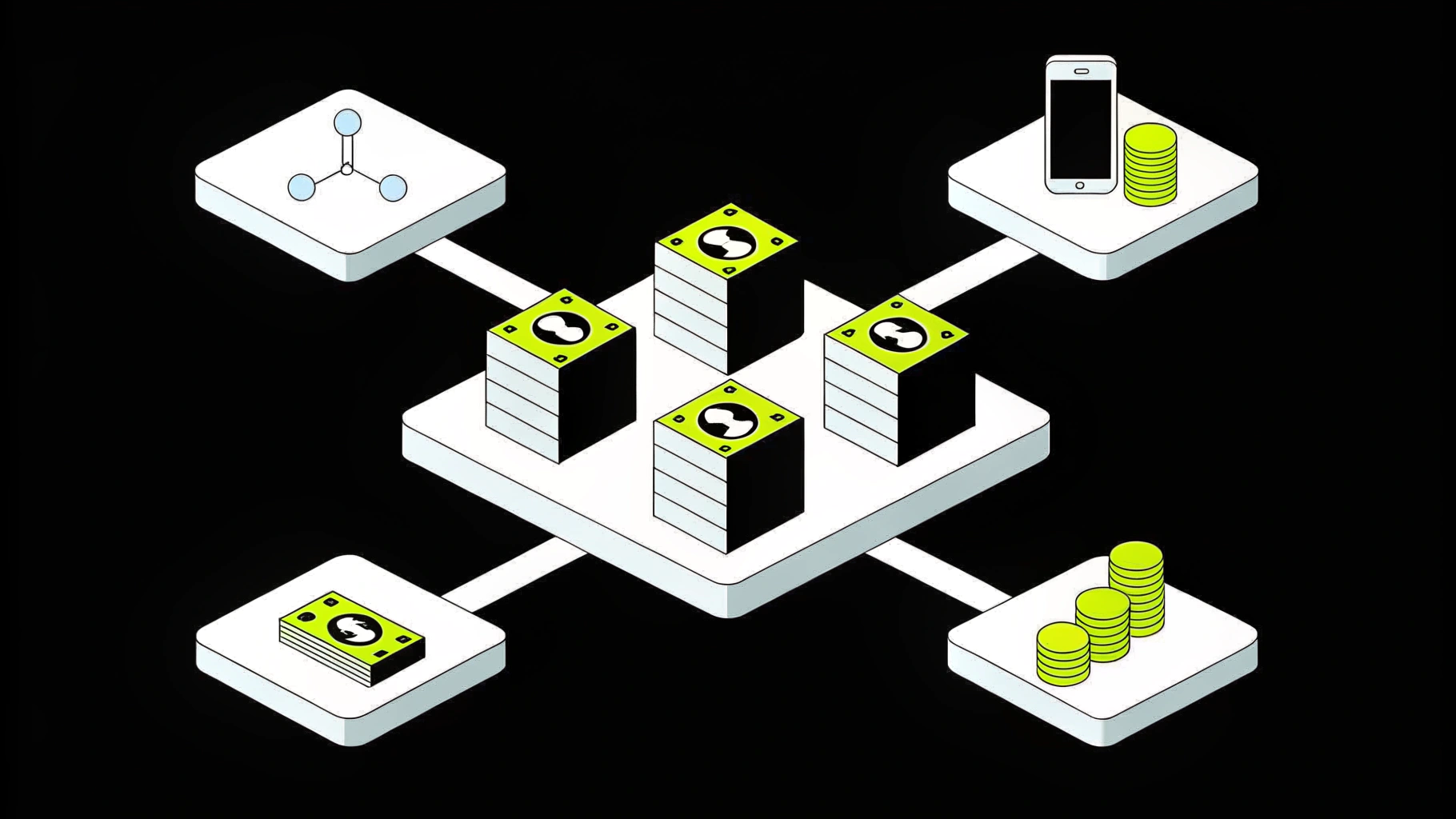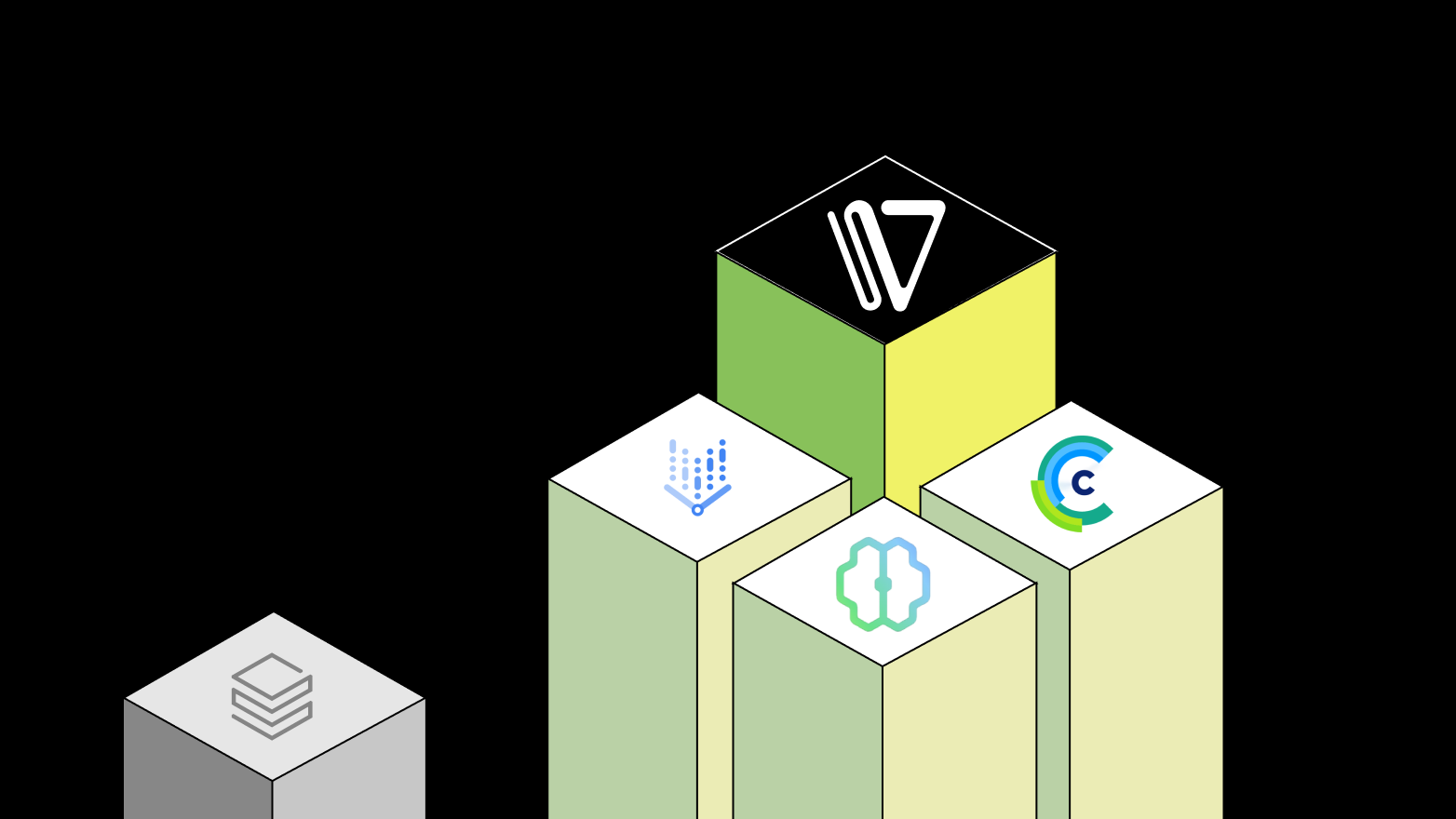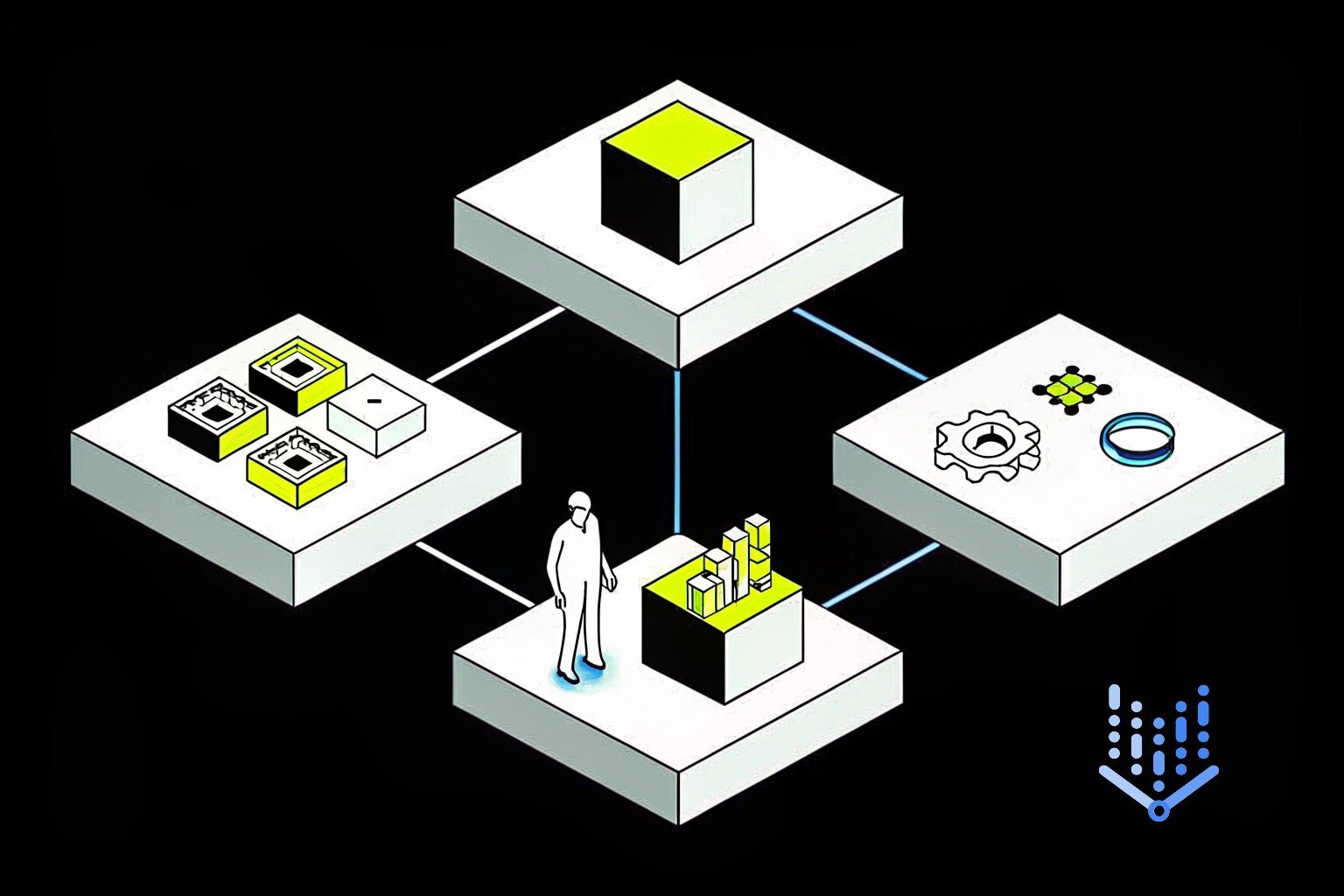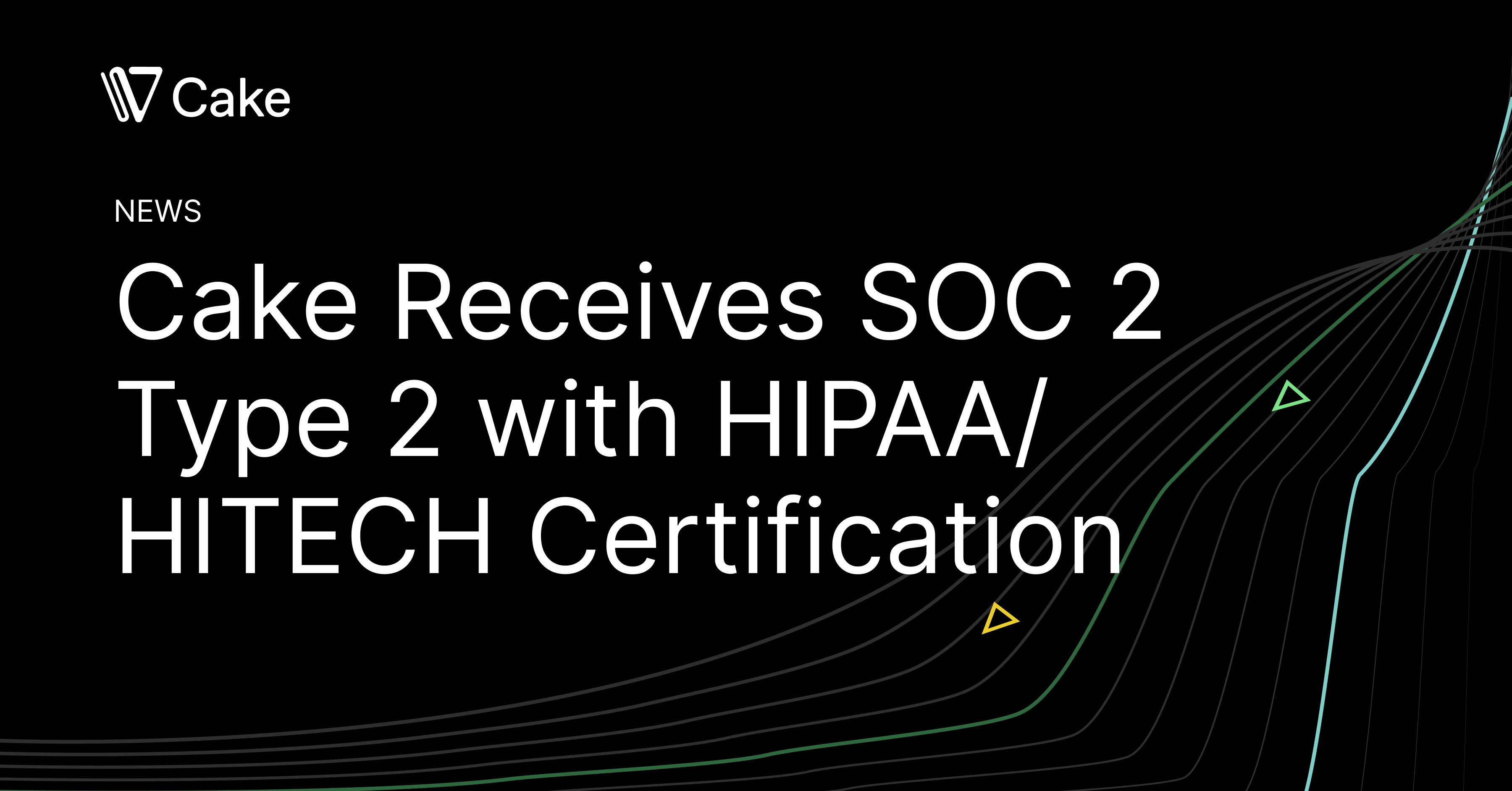Save $500K–$1M Annually on Each LLM Project with Cake

Teams running LLM projects on Cake's platform are realizing significant cost advantages, saving between $500K and $1M annually per project. These savings are not the result of cutting corners but of eliminating the hidden overhead that drives up costs in traditional approaches. By reducing reliance on additional headcount, cutting out vendor markups, and consolidating infrastructure work, Cake helps enterprises lower the total cost of ownership while increasing output.
Key takeaways
-
Traditional LLM projects often require 2–3 extra engineers and carry 20–30% vendor markups, driving annual costs into the $500K–$1M range.
-
Businesses like Ping and Glean.ai reduced those costs by running LLM projects on Cake, leveraging pre-integrated infra and compliance.
-
With Cake, organizations save $500K–$1M per project per year, allowing them to scale more initiatives, reinvest in innovation, and achieve ROI faster.
Why LLM projects are high (and rising)
Running LLMs in production is not just about compute cycles. The real expense comes from the layers of engineering, compliance, and infrastructure that surround each project. Traditional approaches require organizations to bring on additional MLOps and infrastructure talent, duplicate effort for every new deployment, and accept the hidden markups that come with vendor-managed platforms. These costs add up quickly, which is why many enterprises find that LLM projects become million-dollar line items before they generate value.
- Additional engineering hires: Standing up and operating MLOps infrastructure often requires two to three additional engineers. With fully loaded cost estimates for machine learning and infrastructure specialists ranging from $160K to $240K per year, that alone can add $360K–$660K annually to a project. These figures may be conservative. Reporting in the Wall Street Journal and New York Times shows that salaries for AI talent are sharply rising as demand outpaces supply, with some engineers commanding compensation packages that far exceed typical norms.
- Vendor platform markups: Managed services like Databricks, Vertex AI, or SageMaker charge 20–30% overhead on top of raw compute and storage. At enterprise LLM scale, that means another $150K to $300K per year per project.
- Duplicated infrastructure work: Every new project demands orchestration, compliance, and monitoring to be rebuilt, adding further hidden costs and delays.
Put together, the traditional cost of running an LLM project can easily reach or exceed half a million to a million dollars each year in avoidable expense.
How Cake reduces costs
Cake was designed to flip the cost structure of enterprise AI. Instead of relying on new hires or paying premiums for managed services, enterprises can use Cake’s pre-integrated, cloud-agnostic platform to scale with their existing resources. By embedding orchestration, compliance, and monitoring into the core stack, Cake eliminates the need for repetitive setup and expensive bolt-ons. The result is not just lower operating costs, but a more efficient way to deliver and maintain AI projects at scale.
Do more with existing teams
By multiplying the output of engineers, Cake reduces the need to bring on additional MLOps or infrastructure specialists. Teams stay lean while delivering more projects.
Cut vendor markups
Because Cake runs in your own cloud or VPC, enterprises avoid the 20–30% markup charged by managed platforms. The result is more predictable costs and greater control.
Consolidated infrastructure
With orchestration, compliance, and monitoring built in, Cake removes the need to duplicate setup and maintenance for each new project. This prevents waste and lowers the ongoing cost of ownership.
Optimized utilization
Autoscaling and scheduling tools make sure compute resources are used efficiently, avoiding overprovisioning and further reducing spend.
Real-world proof
Ping, a global leader in identity and access management, provides a clear example. Ping's dev team needed to scale AI workloads, but expanding the MLOps team was neither feasible nor efficient. With Cake, Ping achieved the output of two to three engineers with only half an FTE dedicated to the work. “Our partnership with Cake has been a clear strategic choice – we’re achieving the impact of two to three technical hires with the equivalent investment of half an FTE,” explained Scott Stafford, Chief Enterprise Architect at Ping. By removing the need to build and maintain infrastructure, Cake allowed the team to focus on high-impact work while improving operational efficiency.
"Cake helps you deploy the entire ML stack, everything you need in one package. It's an all-in-one SaaS platform for MLOps that requires far less effort."
—Artiom Tarasiuk, CTO, Glean.ai
Glean.ai, an AI-powered accounts payable platform, saw similar savings. Glean needed to bring a custom LLM stack in-house, a project that typically requires dedicated infrastructure and DevOps specialists. Instead, they leveraged Cake to get the stack running in weeks without growing the team. “Cake helps you deploy the entire ML stack, everything you need in one package,” said Artiom Tarasiuk, CTO at Glean.ai. “It is an all-in-one SaaS platform for MLOps that requires far less effort.” By cutting down the infra burden, Glean kept its existing resources focused on delivering value instead of building plumbing.
Other enterprises have reported the same pattern. An insurtech company used Cake to consolidate its DevOps and MLOps workflows, reducing the overhead of managing multiple pipelines and avoiding costly infrastructure duplication. A global materials science company cited savings from not having to build compliance frameworks from scratch, which freed up budget and accelerated delivery.
Together, these examples show how enterprises across industries are saving hundreds of thousands of dollars annually by removing infrastructure overhead and running LLM projects on Cake.
Breaking down the numbers
Here’s how the costs add up when you compare a traditional LLM project with one run on Cake:
|
|
|
||
|---|---|---|---|
|
MLOps and infra headcount
|
2–3 additional engineers at $160K–$240K each = $360K–$660K per year |
✔ Existing teams scale without additional headcount |
|
|
Vendor/platform overhead
|
20–30% markup on compute and storage = $150K–$300K per year |
✔ Run in your own cloud or VPC, eliminating vendor markups |
|
|
Infrastructure setup
|
Orchestration, compliance, and monitoring for each project = $50K–$100K+ per year |
✔ Pre-integrated stack with orchestration, compliance, and monitoring built in to eliminate repeated setup work. |
|
|
Total cost impact
|
$500K–$1M+ annually per project
|
$500K–$1M+ annual savings per project
|
What $500K–$1M in savings means
Savings of this magnitude change more than just a budget line. Cutting out half a million to a million dollars per LLM project each year reshapes the economics of enterprise AI. It allows organizations to take on more projects with the same resources, redirect funds toward innovation, and shorten the path to measurable ROI. For executives weighing the risks and rewards of AI adoption, Cake’s cost efficiency is the difference between AI that feels experimental and AI that becomes a dependable driver of business impact.
Reallocate budget to innovation
Instead of spending on headcount and vendor markups, teams can invest in new use cases, experiments, and customer-facing features.
Scale more projects with the same resources
Where one project may have been feasible before, now multiple projects can run in parallel within the same budget envelope.
Lower cost of ownership
Reducing annual costs brings LLM initiatives into a range where ROI can be achieved faster, making projects less risky and easier to justify at the executive level.
Conclusion
Enterprises like Ping and Glean.ai demonstrate how Cake transforms the cost structure of enterprise AI. By consolidating infrastructure and empowering existing teams, organizations save between $500K and $1M per LLM project each year. These savings make it possible to do more with the same resources, scale projects confidently, and achieve ROI faster.
Want to see how much your team could save with Cake? Talk to us.
About Author

Cake Team
More articles from Cake Team
Related Post
.png)
6x MLOps Productivity: How Teams Do More With Less Using Cake

Cake Team

Top Databricks Alternatives for Modern AI Development in 2025

Cake Team

Google Vertex Alternatives: Portability, Compliance, and Control

Cake Team

Cake's Security Commitment: SOC 2 Type 2 with HIPAA/HITECH Certification

Cake Team